Garden Center Chic
Many Americans are enamored with clothes and the fashion industry. Mass retailers help increase this interest by frequently updating their apparel lines, often several times within a season, and top clothing makers hold runway shows throughout the world to premiere their lines. Magazines like Vogue and Lucky showcase new fashions and television shows like TLC’s “What Not To Wear” and Bravo’s “Project Runway” teach viewers what is popular and how to wear it. In short, the apparel industry consists of a fast-paced ebb and flow of trends and merchandise fueled by media exposure.
For those who like to focus on different types of plants and not different types of pants the apparel industry can be intimidating. Yet, carrying apparel in your store doesn’t mean you have to be well versed in haute couture. It’s simply a matter of taking what you already know gardening and gardeners and applying it to a different market.
A Booming Market
The apparel market is strong and getting stronger. In 2005, it posted growth for the second year in a row, despite a slow overall economy. The NPD Group, a consumer and retail information company, reported that total U.S. apparel sales reached $181 billion in 2005 a 4-percent increase over 2004. Men’s apparel sales reached nearly $53 billion, stated The NPD Group, a 5-percent increase from 2004. Women, your main clients, drove apparel sales to $101 billion in 2005, a 3-percent increase from 2004. Among the popular items that helped the growth were t-shirts, jeans, tailored clothing and pajamas.
A diverse set of apparel venues also helps raise overall sales. In fact, selling clothing in non-traditional venues such as garden centers is a trend happening at small, independent businesses and nationwide chains alike. Recently, Virgin Entertainment Group Inc. decided to start including apparel items at its 17 Virgin Megastores, according to Apparel News. The stores are best known for selling CDs, DVDs and video games; now they sell t-shirts, track jackets, blazers and denim. At Virgin’s New York, N.Y., and Hollywood, Calif., locations, apparel and accessory products now consume 35 percent of the floor space. The retailer’s choice to add apparel stems from decreased sales due to online music shopping.
Incorporate Trends
Garden centers carry plants, tools and soil everything a person would need to garden so why not apparel? Just as your consumers use a certain set of tools and equipment in the garden, they also use certain clothes, which means you don’t need to be on the cutting edge of fashion to find items garden center shoppers will like. The basics like sun hats, gloves and garden shoes make gardening easier and additional apparel such as garden-themed shirts make it fun.
The key is not to imagine your store competing with large-scale apparel retailers or even small boutiques. Instead stick to items with a garden theme from flowered socks to shorts embroidered with watering cans. That way you can cater to the hobby your customers’ love and become the go-to store for garden enthusiasts in need of gifts or new clothes for themselves.
To stay current, choose garden center-related clothing for your store based on apparel industry trends. Andrew Ash, retail editor for Apparel News, sees a few apparel trends on the horizon: “I’ve interviewed a lot of retail consultants that say the new looks and colors that are going to be popular for the upcoming year are emerald green and off-white. Other retail consultants say that goth [style] is going to become popular again.” Selling items in emerald or off-white colors or carrying deep, saturated colors to capitalize on the potential goth trend will keep your apparel stock up to date.
You can uncover trends by reading fashion magazines and watching television programming to see the popular styles celebrities are wearing or try walking through a mall and taking note of what the mannequins and shoppers are wearing. The more times a look is repeated, the more likely it is to be a current trend. You will probably be able to find garden-related apparel merchandise to match those trends.
If trend spotting isn’t for you, Ash feels that carrying basic, classic items will never go out of style. He cites quality jeans, t-shirts and sweaters as the basics that an apparel store can survive with. Try focusing on these items but with a garden spin.
A Boutique Feel
You shouldn’t merchandise apparel items like you would fertilizer or garden tools; try giving the section a boutique feel, which will help it stand out. Creatively fold shirts on tables and shelves: You can fold them in half vertically or horizontally and stack them according to size. Another option is to make a folding board by cutting a rectangle out of stiff cardboard to fold shirts around. Once stacked, this will give the tops a tidy, uniform appearance.
Incorporating other garden products in the displays is a great way to cross merchandise; for instance, hats can be displayed on colorful, upside-down containers. You can get more merchandising ideas (in addition to trend ideas) by walking through a local mall many of the tactics large apparel retailers use, such as displaying items in outfits or by color categories, can work in garden centers and cost little or no money.
Further maintain a boutique feel by rotating your inventory. Clothing lines generally change with the season: Rotate your apparel stock and update displays to stay current. Feature dark or muted tones for fall and winter and bright colors and patterns for spring and summer. Assign an employee with retail clothing experience to help merchandise, maintain and sell the section.

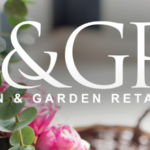

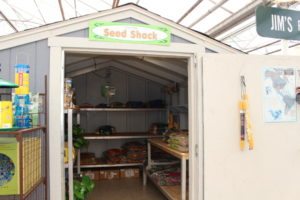
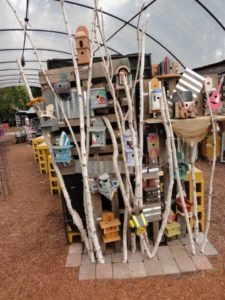
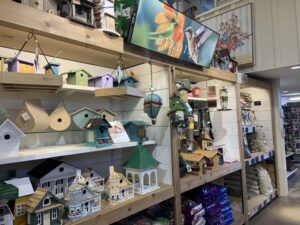
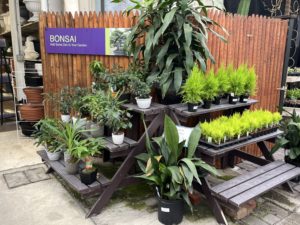
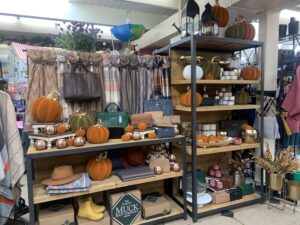
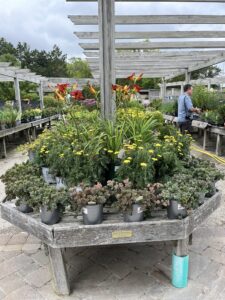

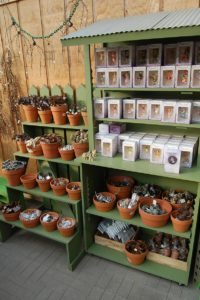
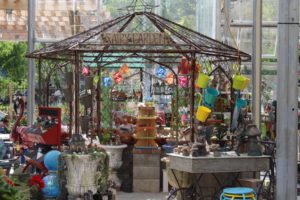

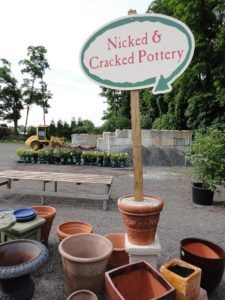

 Videos
Videos





